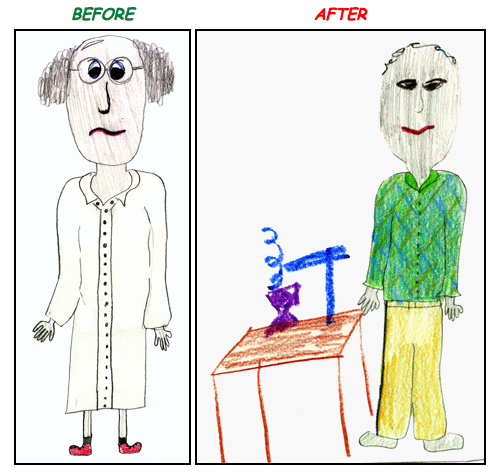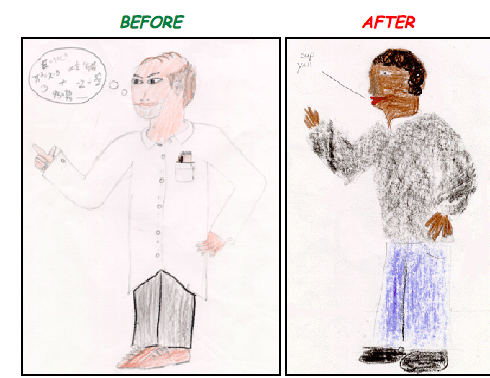 Recently Nadya Tolokonnikova was interviewed by NPR about Pussy Riot’s latest video. In it, Tolokonnikova explores themes of racism, xenophobia, and misogyny and its influence on governance through a graphic and violent imagined America under a Trump presidency. Trigger warning for… most things:
Recently Nadya Tolokonnikova was interviewed by NPR about Pussy Riot’s latest video. In it, Tolokonnikova explores themes of racism, xenophobia, and misogyny and its influence on governance through a graphic and violent imagined America under a Trump presidency. Trigger warning for… most things:
Tolokonnikova is making a statement about American politics, but she is clearly informed by Putin’s performance of masculinity and how that has translated into policy measures and electoral success. When he took office in early 2000, Putin needed to legitimize his power and counteract the global impression of Russian weakness after the collapse of the Soviet Union.
The projection of masculinity was a PR strategy: fishing and riding a horse shirtless, shooting a Siberian tiger, and emerging from the Black Sea in full scuba gear. These actions combined with bellicose foreign policy initiatives to portray Putin as assertive and unrelenting.
In the book, Sex, Politics, & Putin, Valerie Sperling makes a case that his strategy was successful. She investigates the political culture under Putin and argues there is popular support for Putin’s version of masculinity and its implications for femininity, even among young women. As a consequence, the gender and sexual politics of Russia have deviated from those of wider Europe, as indicated by the rise of the Russian slur “gayropa.”
The machismo and misogyny embodied by Putin have also translated into policy: the “gay propaganda” law, for example, and the ban on international adoption to gay couples. In his 2013 address to the Federal Assembly, Putin framed these policies as necessary to combat the “destruction of traditional values.”
While there is no systematic research on the role of masculinity in Trump’s rise to the national political stage in the US just yet, and while the nature of the link between Putin and Trump remains unclear (if one truly even exists), we should consider Putin’s Russia a cautionary tale. His performances of masculinity – his so-called “locker room talk,” discussion of genitalia size, and conduct towards pageant contestants — could go from publicity stunt to public support to actual policy measures. His bombastic language about defeating ISIS and the need for more American “strength” at home and abroad, for example, could easily translate into foreign policy.
Coverage of Trump during this election cycle is credited for hundreds of millions in profits for news agencies and Trump himself has enjoyed an unprecedented level of coverage. While Trump has benefited from far more airtime than Putin did in 2000, he has not been able to find the same level of popular support. At least not yet. When Putin rose to status as a national figure in Russia his approval rating was approximately 60%, and it grew from there to levels most American politicians only dream of. If Trump is willing and able to adopt other components of Putin’s leadership style, there is precedent for the possibility that his presidency could truly turn American back.









